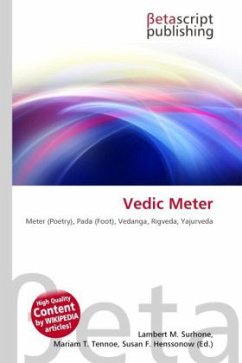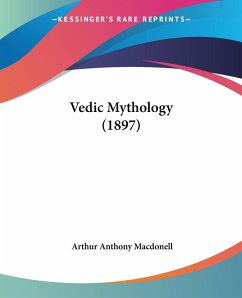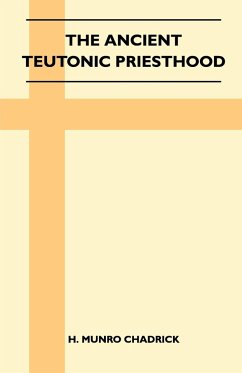High Quality Content by WIKIPEDIA articles! Priests of the Vedic religion were officiants of the yajna service. As persons trained for the ritual and proficient in its practice, they were called tvij ("regularly-sacrificing"). As members of a social class, they were generically known as vipra ("sage") or kavi ("seer"). The older references uniformly indicate the hot as the presiding priest, with perhaps only the adhvaryu as his assistant in the earliest times. The phrase "seven hotars" is found more than once in the Rgveda. RV.2.1.2 enumerates them as the hot , pot , ne , agn dh, prash st (meaning the maitr varuna), adhvaryu and brahman (meaning the br hman cchamsin). The rgvedic Brahmanas, Aitareya and Kausitaki, specify seven hotrakas to recite shastras (litanies): hot , br hman cchamsin, maitr varuna, pot , ne , agn dh and acch v ka. They also carry a legend to explain the origin of the offices of the subrahmanya and the gr vastut.
Bitte wählen Sie Ihr Anliegen aus.
Rechnungen
Retourenschein anfordern
Bestellstatus
Storno








